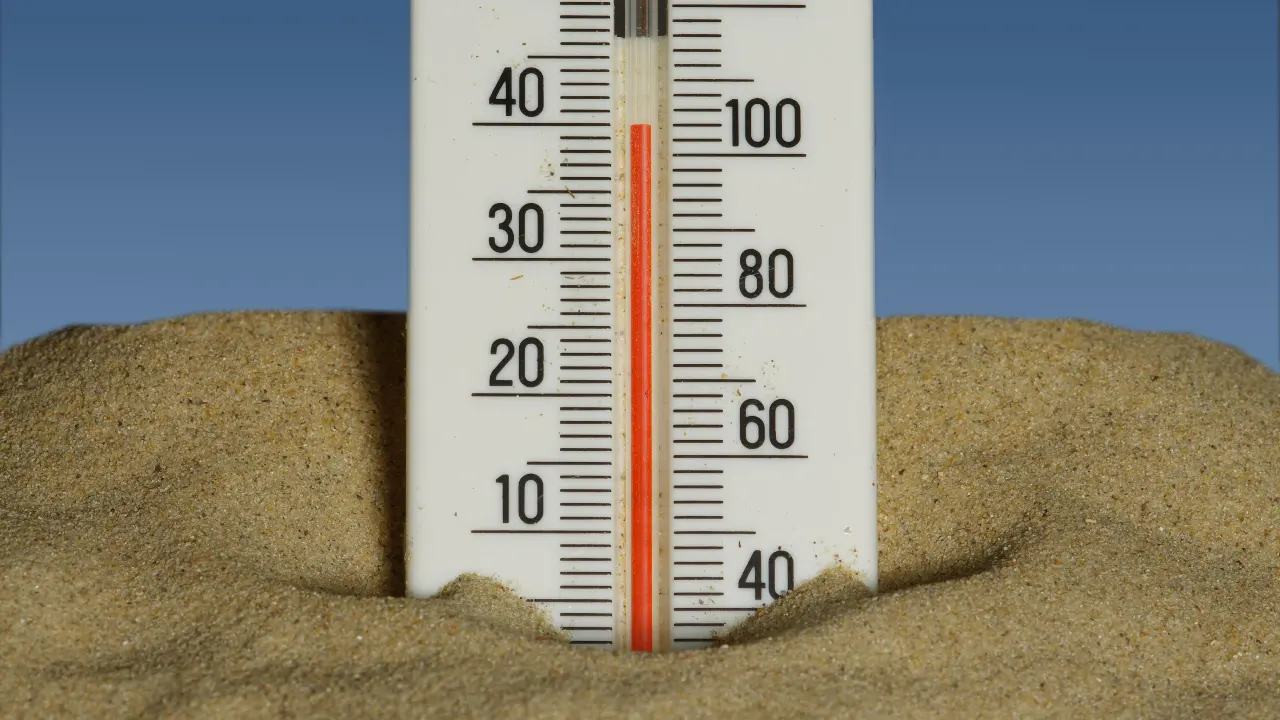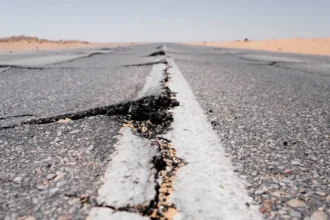Have you ever wondered how climate change might affect pregnant women specifically? A new study has found that global warming is creating more dangerously hot days for expectant mothers, putting both them and their babies at risk. According to research by Climate Central, an independent group of scientists, climate change has doubled the number of extremely hot days that threaten pregnancy health in 90% of countries worldwide, including India.
What Are “Pregnancy Heat-Risk Days”?
Scientists have created a special way to measure days that are particularly dangerous for pregnant women. They call these “pregnancy heat-risk days” – days when the temperature gets higher than 95% of what’s normal for that location. When the thermometer climbs this high, a pregnant woman’s body struggles much more than usual.
Climate Central analyzed daily temperatures from 2020 to 2024 across 247 countries and 940 cities to count these dangerous days. They found something alarming – climate change now causes about one-third of all pregnancy heat-risk days worldwide. Without human-caused climate change, pregnant women would face 13 such days yearly, but now they face 19 days – that’s 6 extra dangerous days every year.
India’s Growing Heat Danger for Mothers
In India, some states are experiencing much larger increases in these dangerous days than others. The northeastern state of Sikkim has seen the biggest jump with 32 additional heat-risk days per year. This means pregnant women there now face a month of extra dangerous heat each year compared to what would be normal without climate change.
| Indian States/Cities | Additional Heat-Risk Days Due to Climate Change |
|---|---|
| Sikkim (state) | 32 extra dangerous days yearly – this means pregnant women there face an entire extra month of risky heat |
| Goa (state) | 24 extra dangerous days yearly – the coastal state now has over three additional weeks of pregnancy risk |
| Mumbai (city) | 26 extra dangerous days yearly – India’s financial capital faces nearly a month more of extreme heat risk |
| Kerala (state) | 18 extra dangerous days yearly – despite being relatively green, this southern state sees increased risk |
How Extreme Heat Harms Mothers and Babies
Dr. Ranee Thakar, President of the Royal College of Obstetricians and Gynaecologists, warns that extreme heat creates serious health risks for pregnant women. When a pregnant woman’s body gets too hot, it affects both her and her developing baby.
The dangers include a much higher chance of babies being born too early (preterm birth) or too small (low birth weight). Research shows that for every 1.6°C rise in heat exposure, the risk of preterm birth goes up by 4%. Even more alarming, exposure to heatwaves raises the preterm birth risk by 26%.
- Preterm birth risk: When babies are born too early (before 37 weeks), they often have breathing problems, feeding difficulties, and may face developmental challenges. The study found that in heat-exposed pregnant women working in India’s informal sector, 6.1% experienced stillbirth or preterm birth compared to only 2.6% in unexposed women.
- Low birth weight: Babies born weighing less than normal (under 2.5 kg) often struggle with growth and have weaker immune systems. Among heat-exposed pregnant women in India, 8.4% had low birth weight babies compared to just 4.5% in unexposed women.
- Miscarriage risk: Research from The George Institute shows extreme heat can double the risk of miscarriage, a devastating outcome for expectant mothers.
Why This Matters for All Women
The impact is not equal everywhere. Women in developing countries face much higher risks because they often have less access to air conditioning, may work outdoors more, and might have limited healthcare. This makes the climate change threat especially serious for women in many parts of India.
Out of 40 major studies reviewed by the BMJ (a medical journal), 40 found that higher temperatures led to more preterm births. Additionally, 18 out of 28 studies found that babies born during hotter periods had lower birth weights.
What Can Be Done?
As climate change continues to make these dangerous days more common, pregnant women need better protection. This includes access to cool spaces, adjusted work schedules during pregnancy, and improved healthcare monitoring during hot periods. Understanding these risks is the first step toward creating solutions that protect both mothers and their babies from our warming world.











